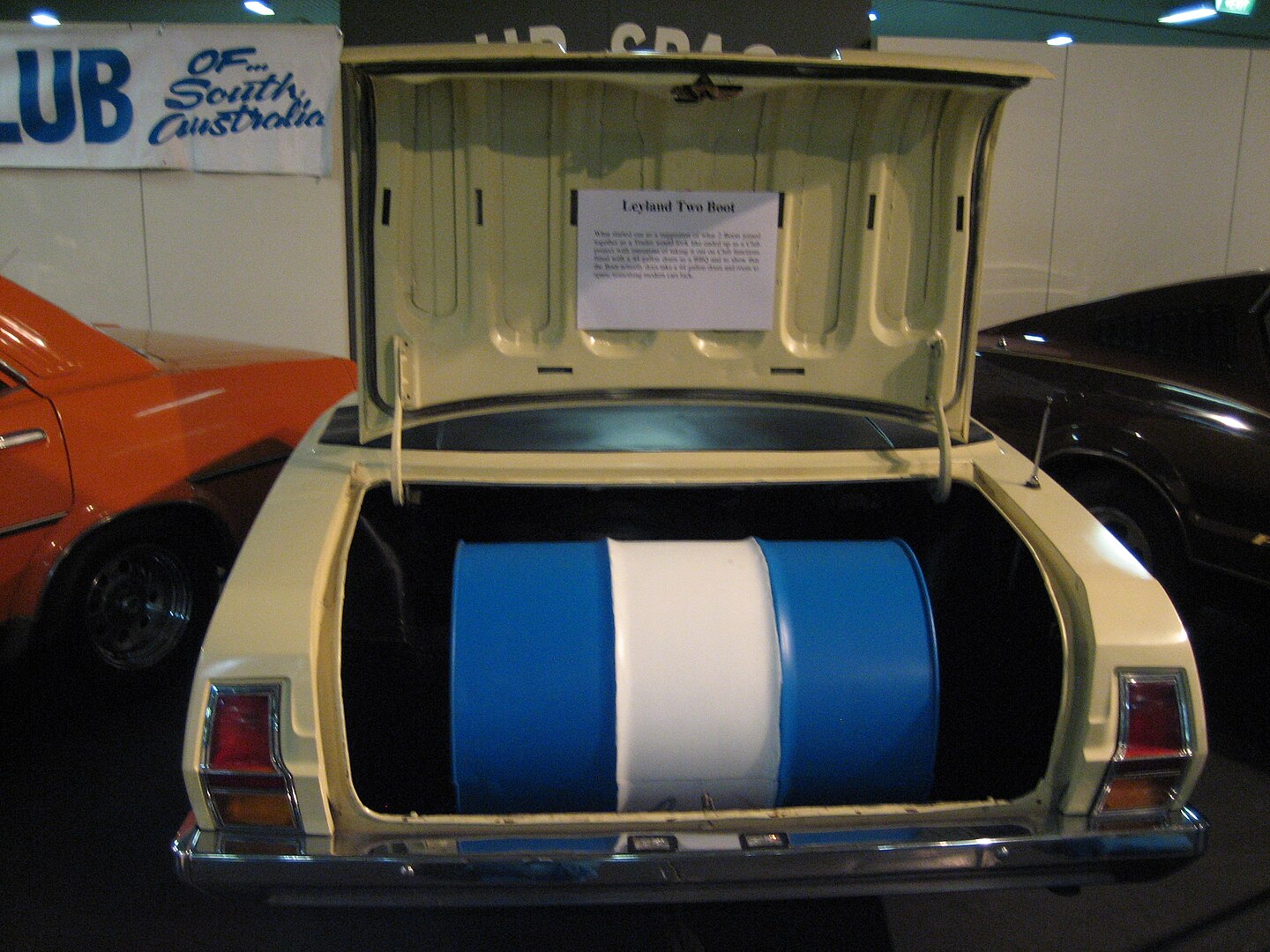The infinitely long gestation periods of fast Toyotas is starting to get on my nerves, but after a long wait we have the bonkers GR Yaris. All 200kW and 370Nm of it.
If you haven’t been paying attention – and I normally stop when Toyota promises something fun – the GR Yaris has been a long time coming. The company is doing fun things in the World Rally Championship, even winning rally or two. They should, given the legendary Tommi Mäkinen is in charge.
Anyway, the Toyota GR Yaris – Gazoo Racing – is finally properly mostly unveiled and we’ve got some real details about it.
What is it?

Toyota says the GR Yaris is its WRC homologation special, which seems weird at first. But then you realise the company had to do it so they could get away with a few things.
For a start, it’s a three-door. You can’t get the current Yaris in three-door form. In fact, it’s so different to the five-door, the roof is a whopping 91mm lower. It doesn’t (and can’t) share the doors witht the five-door, so Toyota fitted a set of frameless doors for laugh. The press release says it has a coupe profile. Really, it just looks like a hot hatch, but why not, eh?
The front end is suitably aggressive-looking, with a big grille and splitter. Out the back, the pumped-up guards contain the huge-for-its-size 18-inch wheels.
Toyota also slapped a big GR-FOUR badge on the tailgate to remind you of the Celica GT Four rally weapon from…nearly 30 years ago.
Yaris GR Drivetrain

While all Yarises are three-cylinders these days, they’re not 1.6-litre turbocharged monsters. This little unit develops a not-insubstantial 200kW and 370Nm. Not even the mightily impressive triple in the BMW i8 winds up that much grunt.
All that power comes courtesy of large-diameter exhaust valves, multi-oil jet piston cooling and a part-machined intake port. The turbo is a fairly simple-sounding single-scroll ball-bearing unit. Doesn’t sound like much, so there’s probably a touch more to it than that.
Power reaches all four wheels via a six-speed manual transmission, so it will certainly be a laugh. It’s a wacky system, too.
Toyota says the front and rear axles use slightly different gear ratios and power can be adjustable 100 percent in each direction. The company says this is not only a lighter arrangement but allows for a better experience over a twin-coupled or permanent AWD set-up.
You can choose from normal (60:40 F:R), Sport (30:70 F:R) or Track (50:50). Whatever mode you choose, the system is supposed to adjust torque according to what you’re doing.
Chassis

It all sounds a bit Frankenstein-ey here, but what good homologation special isn’t? The 2020 Yaris’ GA-B platform front end has been welded to the GA-C platform rear. Obviously a vanilla GA-B platform didn’t have the room for the AWD system and the more complex suspension design needed for the fun stuff.
A standard 2020 Yaris makes do with torsion beams while the Yaris GR scores a double-wishbone rear end, so that should be fairly amusing.
Front brake discs measure a whopping 356mm and a grooved for your stopping pleasure. Four-pot calipers provide the stopping power. No word yet on the rears, but they probably won’t be too spectacular in size because they don’t need to be.
As you might imagine, the GR’s production process is more complicated than the standard cars. Toyota won’t be plucking standard Yarises of the line and then applying GR goodness. The company has built a dedicated line at a new facility in Motomachi. The press release dangles this little carrot:
“With its new manufacturing methods, the GR facility is capable of handling multi-type, small-volume production.”
Translation: there’s more fun stuff on the way.
How much is the GR Yaris and when can I get it?
Good questions both. I don’t know and I’m not sure. Given it’s practically hand-built, it’s not going to be cheap. A pre-Christmas launch in camouflaged cars revealed nothing of pricing but an Australian arrival date of “towards the end of 2020”. So you’ve plenty of time to save.




Leave a Reply